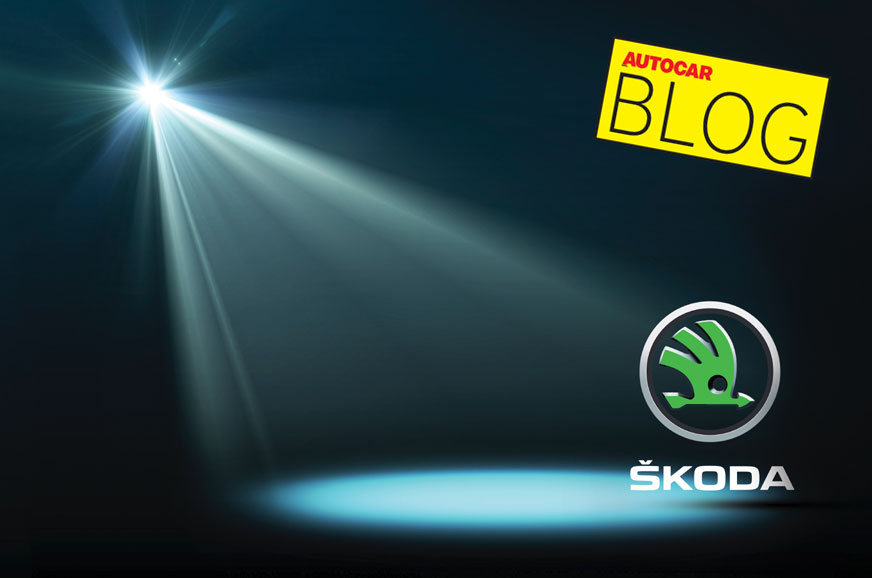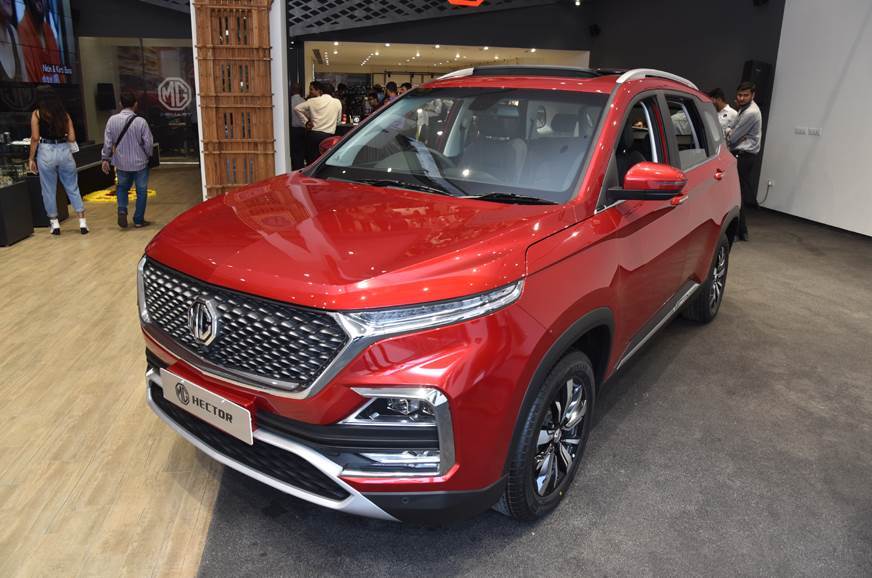
The global automotive landscape is currently in the midst of massive changes, all of a magnitude that has perhaps never been seen before. Electrification, autonomous technology and shared mobility are challenges that have gotten everyone redoing not just their products but their business models too. In India too, these are at play. However, two other factors have already had a major impact on business in India.
With the enforcement of enhanced safety standards and the bringing forward of the BS6 emission norms, a number of brands have been caught on the wrong foot. Many models have been axed or are in the process of being so, while others, not yet ready, will make a comeback after a temporary suspension of sales. Even market leader Maruti will likely exit diesels altogether and only come back with BS6 models after sometime. While 2019 has already proved to be a hard year, quite a few brands are writing off 2020 as a year of consolidation as well.
Skoda is also part of this list and will only bring its new ‘India 2.0’ products at least a year later. But it’s here that you’ve got to hand it to them. Rather than sit back and idle, the company will bring in two imported models, aside from the facelifted Superb and BS6 engine updates/changes to the Rapid and Kodiaq.
The two imported cars, the Octavia vRS and the Karoq, will not be volume drivers at all. They will be brought in under the homologation exemption rule that allows manufactures to bring in up to 2,500 vehicles without homologation if they have already been homologated in notified markets. What these cars will do instead is help Skoda grab more of the automotive limelight in what would have otherwise been a quiet year.
These launches will help generate news and stories around the brand, thus keeping it alive in consumers’ minds. With the new products, Skoda won’t have to shout to be heard. It really is a clever way of staying on the stage. Even if it’s on the sidelines, it’s still better than falling off. Furthermore, these launches will also keep Skoda and their dealers from getting too rusty. They can, in fact, implement and refine new sales and service practices and processes, and that’s something which the brand definitely requires before they can go all guns blazing.
Although the homologation time and costs are saved, there are other costs involved, like setting up sales and service readiness. But look at it as a marketing cost of keeping the brand alive and it doesn’t seem all that bad.
I do hope companies like FCA and Nissan borrow a lesson from Skoda’s winged arrow. FCA could have some fun with the Jeep Gladiator, and keep Fiat alive with the 500 and 500X, until they figure out what exactly to do with the brand. As for Nissan, even simply launching the much-touted Leaf would be great. I’m sure both these companies have a future plan, but, until then, they really need keep blipping on the automotive radar.
Also see:
India-bound Skoda Vision IN SUV interior sketch revealed
Skoda Superb facelift with 2.0 TSI India launch in May 2020
Skoda Octavia RS to make India return at Auto Expo 2020
from Autocar India https://ift.tt/2RrcnG9
via IFTTT

No comments:
Post a Comment